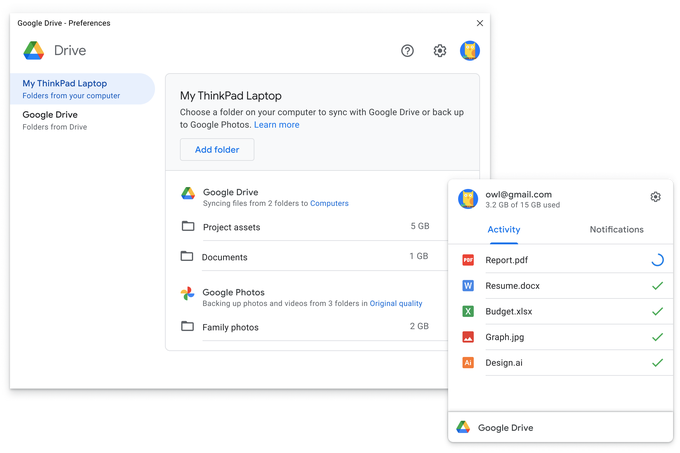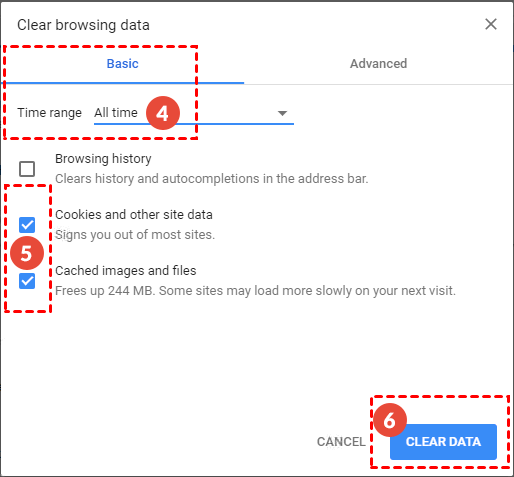

#GOOGLE DRIVE FOR MAC CRASHES PC#
Gradual hard-drive failure can be harder to diagnose, because its symptoms, such as corrupted data and slowing down of the PC (caused by gradually failing areas of the hard drive requiring repeated read attempts before successful access), can be caused by many other computer issues, such as malware. The former typically presents as a drive that can no longer be detected by CMOS setup, or that fails to pass BIOS POST so that the operating system never sees it. If either the drive or the media is dirty, users may experience the buzz of death when attempting to access the drive.įailure of a hard disk drive can be catastrophic or gradual. 3.5-inch floppy disks can also fall victim to disk failure.
#GOOGLE DRIVE FOR MAC CRASHES ZIP#
In the late 1990s, Iomega's 100-megabyte Zip disks used in Zip drives were affected by the click of death, called so because the drives endlessly clicked when accessed, indicating the impending failure. The phenomenon of disk failure is not limited only to drives, but also applies to other types of magnetic media.

If importance cannot be established, the section is likely to be moved to another article, pseudo-redirected, or removed.įind sources: "Hard disk drive failure" – news

Please help improve this section by clarifying or removing indiscriminate details. This section contains information of unclear or questionable importance or relevance to the article's subject matter. In such cases, it may be possible to recover all data. A drive also includes controller electronics, which occasionally fail. These, in addition to platter damage, will quickly render a drive useless. After a head crash, particles from the damaged platter and head media can cause one or more bad sectors.

If the filter fails to capture a dust particle, the particle can land on the platter, causing a head crash if the head happens to sweep over it. The air filters on today's drives equalize the atmospheric pressure and moisture between the drive enclosure and its outside environment. Another cause of failure is a faulty air filter. However, this head hovers mere nanometers from the platter's surface which makes a collision an acknowledged risk. Drive platters are coated with an extremely thin layer of non- electrostatic lubricant, so that the read-and-write head will simply glance off the surface of the platter should a collision occur. A head crash usually incurs severe data loss, and data recovery attempts may cause further damage if not done by a specialist with proper equipment. The most notorious cause of drive failure is a head crash, where the internal read-and-write head of the device, usually just hovering above the surface, touches a platter, or scratches the magnetic data-storage surface. On the other hand, a drive can fail at any time in many different situations. Therefore, even if a drive is subjected to several years of heavy daily use, it may not show any notable signs of wear unless closely inspected. If a drive proves reliable for a period of a few months after installation, the drive has a significantly greater chance of remaining reliable. Drives typically fail within a short time if there is a defect present from manufacturing. Hard disk drive failures tend to follow the concept of the bathtub curve. These are calculated by constantly running samples of the drive for a short period of time, analyzing the resultant wear and tear upon the physical components of the drive, and extrapolating to provide a reasonable estimate of its lifespan. Drive manufacturers typically specify a mean time between failures (MTBF) or an annualized failure rate (AFR) which are population statistics that can't predict the behavior of an individual unit. There are a number of causes for hard drives to fail including: human error, hardware failure, firmware corruption, heat, water damage, power issues and mishaps. 2.4 Example drive families with high failure rates.2.1 Landing zones and load/unload technology.


 0 kommentar(er)
0 kommentar(er)
